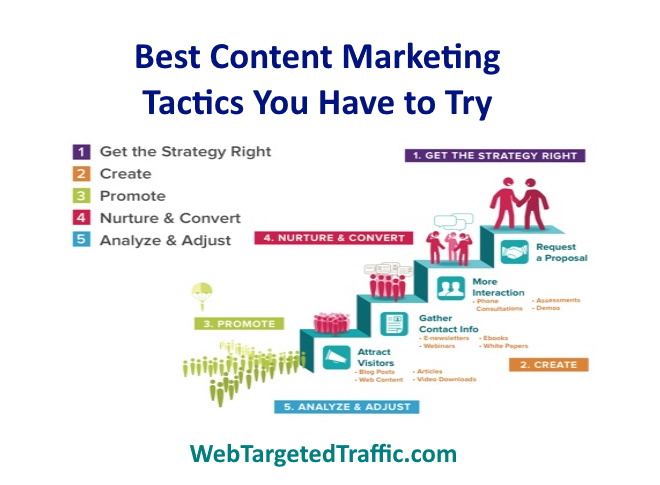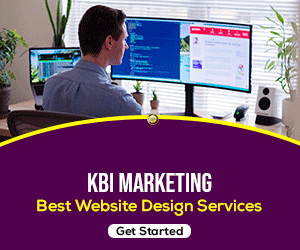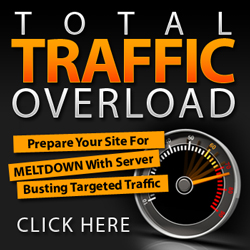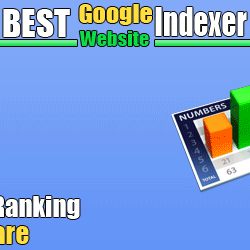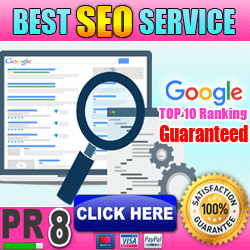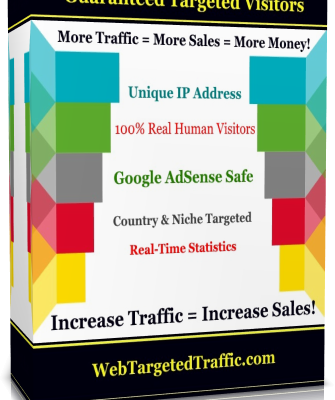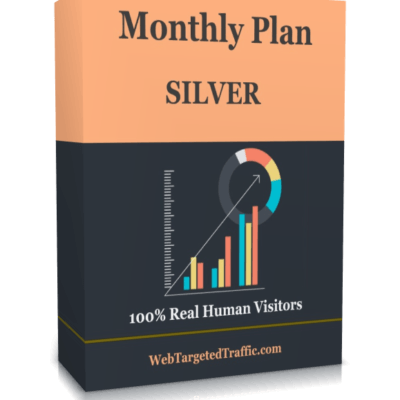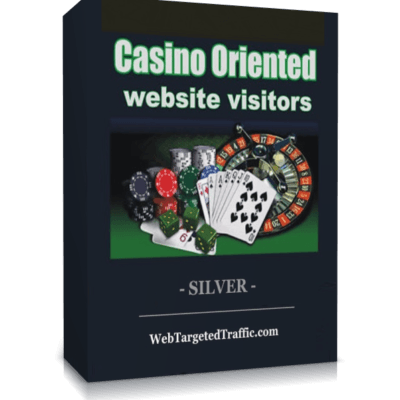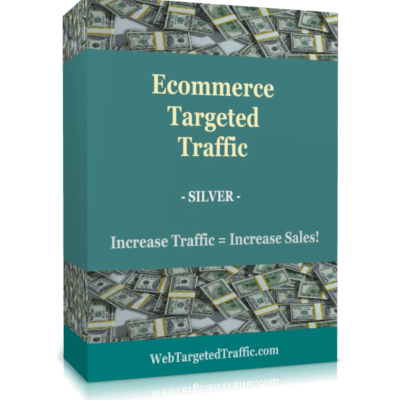Today, content marketing is everything.
Content marketing costs 62% less than outbound marketing but generates more than three times as many leads. Once you master your content marketing strategy, you could experience up to 7.8 times more website traffic and higher conversion rates.
Table of Contents
What is Content Marketing?
Content marketing is a marketing strategy used to attract, engage, and retain an audience by creating and sharing relevant articles, videos, podcasts, and other media. This approach establishes expertise, promotes brand awareness, and keeps your business top of mind when it’s time to buy what you sell.
Components of content marketing
Content marketing can take various forms, and in order to do it right, you’ll need to determine what type of content your potential buyers prefer to consume.
- Blog posts. Distill your content marketing strategy into your blog schedule or strategy. The company blog can and should be used to cross-promote other content, which will help keep posts on a consistent schedule. If you don’t have a marketing team member who is familiar with search engine optimization (SEO), this is one area where you might want to consult a professional.
- Ebooks. Ebook content should follow some sort of narrative structure, and include a lot of good, visual design. The goal of an ebook is to educate, but it’s important to keep language consistent with your brand voice.
- Video. The trick to effectively using video as part of a content strategy is keeping it as timeless as possible so that you aren’t forced to continuously spend time and money creating more. High-quality video content can also be used to expose your brand to YouTube’s large and active audience.
- Infographics. Use as little text as possible and let the imagery tell the story. If you don’t have a killer in-house graphics artist, find a talented freelancer who can make something beautiful and informative.
- Cheat sheets. These are short—two or three pages at most. That means there won’t be a lot of room for big images, so you’ll want to use text formatting to make them easy for a reader to quickly scan through. Link or point to other resources for more in-depth learning.
- Workbooks and templates. These resources are great ways to keep your brand in front of buyers while continuing to inform. They should be designed for print and made as interactive and practical as possible.
- White papers and reports. These materials are similar to an ebook in that they are primarily educational, but white papers and reports are generally less graphically designed and use language that is a little more professional. They can also create opportunities to partner with other organizations.
- Slide decks. Slide decks are a great format for breaking down complex ideas into simple steps or bite-sized pieces. Keep the slides simple: Use minimal text in one font and big graphics throughout.
- Case studies. Build case studies with real numbers and complete stories. This will help keep the content focused on the value and results, not the brand.
- Demos. This is where a free assessment, evaluation, or trial works nicely to start the dialogue and to begin to fully qualify your most interested leads. If you have an e-commerce-based product, you can leverage a discount code to use at the time of the transaction to establish some urgency around making the purchase.
- Distribution channels.
- Owned: Sharing your content on the brand’s own social media channels—like Facebook, Twitter, LinkedIn, or Pinterest—is a quick, customizable, and free opportunity to connect with your target audience.
- Organic: Weaving some SEO best practices into your content will help make a good impression with Google and move your website up the rankings list. The strength of a good content marketing strategy is in providing the information and answers that your target audience is looking for, so make sure they can find it.
- Paid: Most social networks allow for some kind of paid advertising, such as sponsored content, pay-per-click (PPC), search engine marketing (SEM), display, and retargeting. Matching a network’s demographics with your brand’s personas will help you determine where to invest.
- Earned: This is the most valuable, but hardest to create. Earned social media promotion happens when your audience chooses to share your content with their network.
Benefits of Content Marketing
1. Your audience will stick around longer.
Great content is an important asset. It has the ability to create positive experiences for your potential customers and compel them to come back for more. It’s your ticket to capturing your audience’s attention and continually reinforcing a positive brand impression.
2. You’ll have better traction on social media.
It’s one thing to increase your social media followers across channels, but it’s quite another to create trendy content. If you’re one of those businesses that doesn’t see much traction despite having a huge following, it’s time to use content marketing to your advantage. Quality content can help your business gain traction on social media.
3. Your audience will trust you.
Creating content helps your business build a relationship with your audience. You can answer their questions and interact with customers. When you create value without taking anything in return, your audience is more likely to trust your advice and recommendations.
Ultimately, when your content shows up at the right place and at the right time with the right audience, it’ll improve your brand’s reputation. The more quality content customers see, the more likely they will have a positive association with your company.
4. You’ll generate more and better leads.
Content marketing can also generate leads. When your audience views your content, they’re more likely to purchase from you in the future. Additionally, calls-to-action (CTA) placed directly in your content can generate new leads for your sales team.
How does SEO fit in?
In a practical sense, search engine optimization (SEO) and content marketing are one and the same.
To rank highly in search engine results pages (SERPs), you need high-quality organic content. To know which keywords to target in your copy, you need SEO.
SEO is a foundational component of content marketing in that it is often the centerpiece of all strategies and campaigns. Optimizing your content allows you the opportunity to update your brand messaging for a modern audience, outrank competitors for high-value keywords and keep your web pages aligned with Google’s sitemap preferences.
To achieve your content marketing goals, SEO is often the best tactic to start with.
Ranking factors
Within the practice of SEO, there are specific ranking factors to consider. According to Google, there are more than 200 criteria the search engine weighs when it crawls and indexes your web pages. Based on how your site and your content fares in these assessments, an algorithm will serve your pages to searchers.
Some ranking signals are stronger than others, and Google doesn’t often reveal the exact weight of each one. What we do know is that the top factors include:
-
- Links.
- Content.
- RankBrain.
- Direct web traffc.
- Mobile responsive design.
- HTTPS.
- Anchor text keywords.
- User behavior signals
In layman’s terms, everything you publish on the web needs to 1) generate reputable backlinks, 2) be useful to readers and 3) have a strong click-through rate and dwell time.
You can’t do content without SEO, and you can’t do SEO without content – they are inseparable.
1. Have a Clearly Defined Audience
Before outlining your content marketing strategy, you need to have a clear picture of your target audience.
Just saying that your audience is anyone who is interested in your business is way too general. On the other hand, trying to target everyone will get you nowhere. Instead, try to narrow your audience down to a very specific group of people. Targeting a niche market will help you to keep up with your competitors, especially if you are a relatively small business.
Targeting a specific group of people makes it easier for you to align your branding and marketing budget with an effective market. This will make your efforts and resources pay off as you will reach potential clients and generate business more efficiently.
If you are just starting off or want to up your content marketing ante, you need to begin by defining your niche. All you need to do is a little bit of market research.
Here’s how:
#1 Dig Deeper Into Your Current Customer Base
Before you go any further, re-evaluate what you already know about your customers. Figure out the basics like who are your customers? And why do they buy from you? Being able to answer these questions will make it easier for you to show potential new customers that they could also benefit from your product or service.
#2 Evaluate Your Competitors
Checking out who your competitors are targeting could help you to figure out your niche audience. Find out who their current competitors are and what potential customers they have overlooked. Their loss could be your gain.
#3 Match Your Demographics
To run a successful content marketing strategy, you need to know your audience’s demographics. This will help you to match your product with the people who could benefit from it and who are most likely to be interested. Take the following factors into consideration:
- Age Group
- Gender
- Location
- Occupation
- Income level
- Education
Knowing something as simple as the average age of your customers could make a massive difference in the long run.
#4 Get Personal
Once you have figured out the basic demographics, you need to get one step closer to your audience.
Next, you need to familiarize yourself with the personal characteristics of your target audience. These are often referred to in the business as psychographics.
Here’s the psychographics you should take a look at;
- Values and beliefs
- Personality/ attitude
- Behavior and online activity
- Lifestyle
- Interests
These characteristics are all clues as to how you should go about launching your content marketing strategy.
At this point, you’re probably wondering: how do I find this information?
Getting to know how your audience thinks is easier than it sounds. Don’t worry, there’s no spying, snooping, or mind-reading necessary. Figuring out your audience’s psychographics just takes a little bit of research.
There are bound to be others who have written articles and blog posts on targeting similar audiences, learn from their experience. Forums will also provide you with other marketers’ genuine opinions.
Surveys and interacting directly with current customers will also help you to figure out what your audience needs (and up your user engagement). Keyword research will also give you insight into what exactly your niche is looking for and what questions they are asking.
2. A Content Marketing Strategy with SMART Goals
Before you launch your marketing campaign, you need to set goals. These will help you to monitor your success and progress.
Whether you want to generate leads, nurture leads, or enhance user engagement, targets give you something to measure the effectiveness of your actions. Having clearly defined goals will give you something to aim towards, keep you motivated, and make sure every action you take is a step towards your desired outcome.
Setting vague or unrealistic goals just for the sake of it is a complete waste of time. In most cases saying you want to have 3 million viewers in three months just isn’t going to work. You’re setting yourself up to fail before you’ve even tried which will probably work against you. Instead, you need to get specific. Goals need to be SMART.
What do I mean by SMART goals?
SMART goals are goals that are;
Specific
- Avoid ambiguous terminology like ‘increase engagement’, or ‘grow traffic’.
- Make your content marketing goals detailed. Break down your goals into details. If your goal is ‘grow traffic,’ get specific with facts and figures. Set a number of daily visitors, likes, and shares per article. Forge out a clear image of what successfully obtaining this goal will look like.
- For example, if you want to ‘increase engagement’, what will the outcome of this look like? The outcome of this goal might be an active comments section or making sure to reply to every customer’s query, comment, and complaint promptly.
Measurable
- Making your content marketing goals clear and measurable will help you to maintain focus. Well-defined goals from the word ‘go’ will guide you toward the results you want
- Measuring the impact of your marketing strategy can be a challenge. Especially measuring it accurately.
Attainable
- Begin by asking yourself if you have the resources you need to achieve your content marketing goals.
- Attainable goals are goals that you have the necessary tools, skills, knowledge, and budget to achieve.
- If you find you don’t have the necessary skillset, you could take some time to complete some training, call in an expert, or invest in some new software to assist you (like an SEO writer or automated social media posting, for example).
- If your goals are still unattainable, then it’s time to reevaluate them or narrow them down for the time being.
Realistic
- Setting realistic goals means knowing your limits. Ask yourself what constraints you’re working within and answer honestly. Be ambitious but be realistic. More importantly, know the difference between the two.
- Evaluating the status quo of your business can help you to set realistic goals. Know your current stats in terms of traffic, conversions, leads, etc. inside out.
Timely
- When it comes to goals, deadlines are your best friend. This means making a schedule and sticking to it. This will help you to avoid procrastinating and hold your team (and yourself!) accountable.
Every time you set a goal you should measure it up to these characteristics. If it doesn’t tick every box, you should reconsider. By coming up with goals that satisfy the SMART criteria, your content marketing strategy will be far more powerful and effective.
3. Clear Value Proposition
Content marketing is a competitive place. With so much business done online these days, it can be difficult to stand out from the crowd.
Maximize your chances by clearly defining what you’re offering to your customers that other people are not. This means highlighting what are you doing differently, better, and what makes your business unique.
You’re probably wondering how you can prove your value to your customers. In order to effectively showcase the benefits, you need to provide them with a clear value proposition.
A clear value proposition is a statement that explains how your product solves customers’ problems or improves their situation, delivers specific benefits, and tells the ideal customer why they should buy from you and not from your competition.
You can’t score a bullseye if you have no target. Without a clear value proposition, it’ll be very difficult to reach your marketing goals.
Here’s an infographic from HubSpot that will show you exactly how to do this right.

4. Branding
Establishing a strong brand identity will play a major part in your content marketing goals. Even if you are a small business you should make an effort to establish a digital identity with a clear brand message. Establishing an identity online means taking visuals, tagline, logo, web design, and having a unique voice into consideration.
Once you have created the image you want your brand to have, you need to position yourself in the larger field. This means becoming part of your niche community. In order to successfully integrate with your target audience, you need to first do some market research.
What social media platforms do they use? If they use Twitter you need to be actively tweeting and interacting here. Twitter is a great place to get your brand’s voice heard.
If they use Instagram the most, you should put more time into visual representations of your brand. If your target audience resides on Reddit, get into those discussions. Take note of how your target audience interacts and follow their lead.
Storytelling is also a major part of establishing your brand. So you’ve outlined your ethics and ethos. Sharing the story of how your brand came to be will help to establish an even stronger identity. Storytelling enables online businesses to put a personal touch on their branding. This will set you miles ahead of the crowd as it is often lacking within online businesses. Storytelling also enhances engagement, interest, and transparency.
Effective storytelling means keeping your branding consistent and credible across all channels.
5. Metrics for Success
Metrics are markers of success and alert you to where your efforts are lacking. Measuring metrics may seem like a chore, but it shows you what’s working and what needs to change.
However, many marketers make the common mistake of measuring metrics that don’t give them a clear picture of how their website is really performing. The metrics you measure must align with your goals. For example, a news blog might measure the number of visitors because that’s what they base advertising revenue on. But, this metric may not be relevant to another business.
For this reason, it is important to research and define metrics that can actually track your performance and not the ones that just look good on paper.
So, there you have it — Best elements that all successful content marketing strategies have in common. It will take a little bit of time and effort, but once you take these content marketing hacks and apply them to your own content marketing strategy, you are sure to see immediate results.
Common problems that content marketing can solve
Content marketing is a completely unique approach to engaging with potential customers that circumvents some of today’s biggest pain points, especially in the digital space.
- Problem: I need to increase the volume of my organic search. Your audience can’t buy from you if they can’t find you, and today up to 93% of buying cycles start from a search engine. Additionally, according to Kuno Creative, 51% of content consumption derives from organic search, so content marketing is a great way to build organic awareness. When your valuable content ranks highly on search engines, or is shared widely on social networks, you’re building brand awareness at no cost, and since your content will only be shared when it’s relevant, your audience will be less inclined to tune it out.
- Problem: I need to create brand preference. Engaging content marketing creates preference through thought leadership by making you a trusted source of information and education. You can also create preference through relationships, which are strengthened whenever your content entertains or helps your buyers. People are more likely to buy from companies with whom they have relationships.
- Problem: I have a content marketing plan, but it’s not engaging my customers. Content marketing should help your customers, not sell to them. When you freely give your audience something so valuable that they’d be willing to pay for it, you build trust, which, ultimately, is your most powerful selling tool.
- Problem: I need to reach more customers, while keeping my costs low. According to Forrester research, today’s customers distrust and resent marketing that interrupts or intercepts them. Engaging content marketing should be part of a natural conversation with current and potential customers, be relevant to their interests and behaviors, and build a continuous story over time. Content marketing pays dividends for a very long time, and this effect multiplies as you build out your content library.
- Problem: I’m not sure how to demonstrate the return on investment (ROI) of my content marketing campaign. In general, content marketing can help to increase web traffic, support lead qualification (especially when content is produced by stage), and, ultimately, lead conversions into sales.
Buy targeted traffic and increase sales here:
High Quality Targeted Website Traffic
Affiliate Targeted Traffic To Your URL
Targeted eCommerce Traffic To your Store
Organic Traffic / Search Engine Advertising
Email Traffic / Best Solo Ads Provider
Gambling / Casino Targeted Traffic
The important thing is to take some action.

